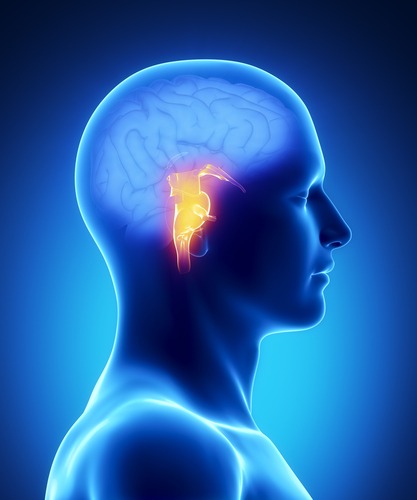 Understand the various methods available for doctors to diagnose brain stem strokes.
Understand the various methods available for doctors to diagnose brain stem strokes.
Doctors typically diagnose brain stem strokes via imaging tests, the most common being magnetic resonance imaging (MRI), computed tomography (CT), and angiogram. Because a brain stem stroke is a legitimate medical emergency, the sooner one of these tests gets performed and a diagnosis rendered, the better the patient’s chances of long-term recovery. If a brain stem stroke does not get treated quickly, it can lead to several severe consequences, up to and including locked-in syndrome.
A doctor who fails to make a correct and timely diagnosis of a brain stem stroke despite being presented with ample evidence of the condition may be liable for medical malpractice. A lawyer from Newsome | Melton can help you pursue a claim and recover compensation. To speak with a member of our staff and receive a free case evaluation, call us today at 888-261-5614.
Magnetic Resonance Imaging (MRI)
The most common method to diagnose a brain stem stroke is via an MRI of the head. Using magnetic fields and radio waves, an MRI machine creates images of your brain without penetrating your scalp. A doctor can then read these images and look for signs of a stroke. To create contrast and make the images clearer, a doctor may choose to inject an intravenous (IV) dye before performing the test.
The doctor administering the test may also ask you to answer questions or perform simple tests, such as clicking your fingers, while the MRI machine is active. This allows him or her to evaluate your brain activity during these tasks.
Computerized Tomography (CT) Scan
A cranial CT scan serves the same purpose as an MRI — producing detailed images of your brain — but does so via a series of X-rays. The computer combines these X-rays to form a complete image which your doctor can review and use to make a diagnosis.
Because of the risk of radiation exposure, some doctors eschew CT scans in favor of MRIs, but both have a place in diagnosing brain stem strokes.
Angiogram
An angiogram is another type of imaging test using X-rays. Doctors use it to detect blocked blood vessels in the head and neck. A well-timed angiogram can help you prevent a stroke by finding blockages early before they cause damage. The doctor administering the test injects a contrast dye, which allows the machine to generate vivid pictures of the network of blood vessels leading to your brain stem.
Legal Information - News Articles

Proponents push tort reform as a silver bullet that will supposedly reign in medical costs, insurance premiums, and even improve the quality of care by allowing doctors to practice without fear, particularly by decreasing the number of unnecessary tests. However, the truth is that the impact of medical malpractice suits on health care spending
Read More
House of Representatives Votes to Drastically Limit Medical Malpractice Cases At the end of June, the House of Representatives passed a bill to limit the amount of non-economic damages that can be paid out in medical malpractice cases to just $250,000. Non-economic damages compensate for the human aspects of an injury or death—including the loss
Read More